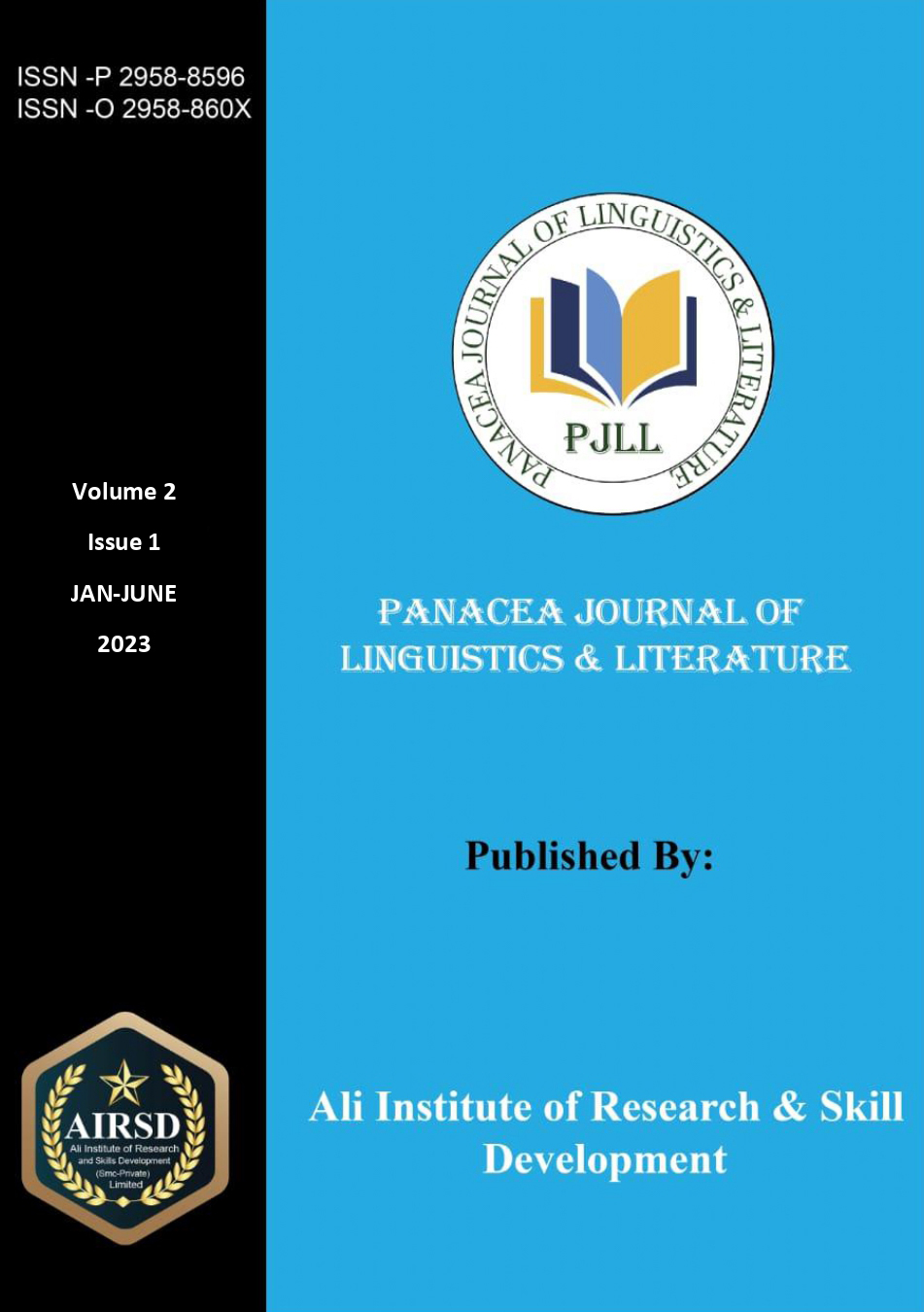EPIPHANIC SYNERGISM IN JAMES JOYCE’S “THE DEAD” and ROBERT MUSIL’S “TONKA”
DOI:
https://doi.org/10.59075/pjll.v2i1.193Keywords:
modernist short fiction, modernist epiphany, non-hierarchical epiphanic model, verbalization of self-organized simultaneity, epiphany-oriented attractor of changeAbstract
The article uses the linguistic-synergetic approach to examine the narrative structure and verbalization patterns in modernist short fiction based on “The Dead” by James Joyce and “Tonka” by Robert Musil. From this perspective, the study relates the epiphany-oriented non-hierarchical LIKE-THAT – SOMETHING-LIKE-THAT – NEVER-SOMETHING-LIKE-THAT narrative structure to verbalization of self-organized simultaneity in modernist short fiction. From this study’s findings, both writers similarly replace a conventional narrative hierarchy with a verbal event whose verbalization, namely, repetitions at all linguistic levels, allusive associations, and aposiopesis, supports an epiphany-oriented attractor of change. The results of this study extend insights of current research on verbalization of self-organized simultaneity in the process of constructing a non-hierarchical epiphanic model. They contribute to the current linguistic-synergetic research on the emergence of modernist epiphany and have practical applications with regard to modernist writers across languages and cultures.





















